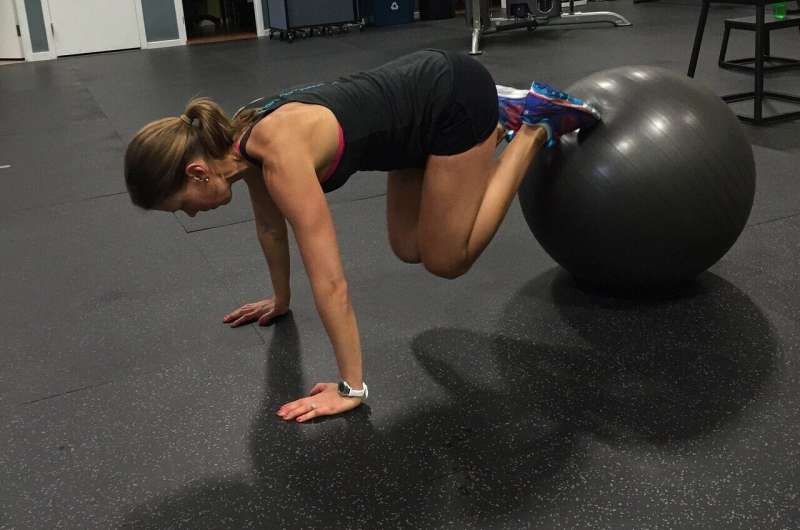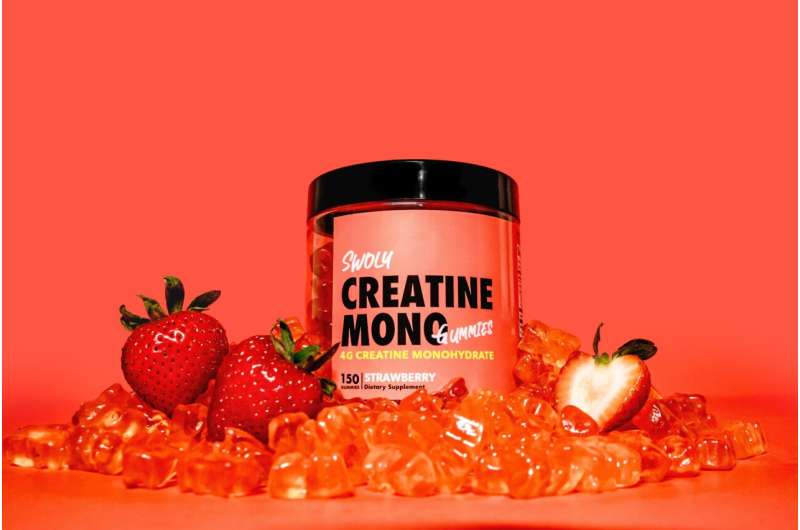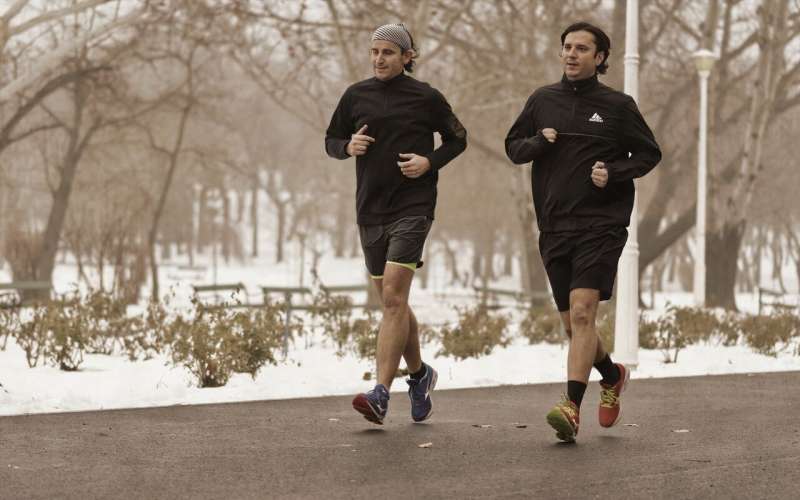Understanding the Difference Between Abs and Core Muscles: A Focus on Aesthetics vs. Function

Discover the key differences between abdominal muscles ('abs') and core muscles, focusing on aesthetics versus functional stability, and learn effective exercises for both.
You've likely encountered the terms "abs" and "core" in fitness settings, social media, or physiotherapy discussions. Although they often seem interchangeable, they actually refer to different muscle groups and serve distinct purposes. The term "abs" specifically refers to the abdominal muscles visible on the front of your body. These muscles include the rectus abdominis, the muscles responsible for the classic "six-pack" appearance, along with the obliques on the sides and the transverse abdominis beneath them. People often aim to develop their abs for aesthetic reasons, such as achieving a flat or six-pack look, especially highlighted in health publications and fitness advice.
In contrast, the "core" encompasses a larger group of muscles that contribute to stability and movement. This includes not only the abdominal muscles but also the muscles of the back (spinal erectors), hips, glutes, pelvic floor, and diaphragm. The core muscles are critical for maintaining posture, stability, and transferring force during movement. The concept of core training gained prominence in the early 2000s, driven by research suggesting that strengthening these muscles could alleviate lower back pain and enhance athletic performance.
However, recent evidence paints a nuanced picture. While good core stability is important, current studies show that core stability exercises—such as planks or dead bugs—may help reduce lower back pain, but they are not necessarily more effective than general activities like walking or weight training. Additionally, research indicates that individuals with and without lower back pain recruit their core muscles similarly, and improvements in core strength do not always correlate with decreases in pain or functional improvements.
The relationship between core strength and athletic performance remains unclear. Some small-scale studies suggest minor benefits for sports involving rapid torso movements, such as swinging or throwing, but overall, core training does not significantly enhance performance in activities like jumping or sprinting. Notably, targeting the abdominal muscles for strengthening could benefit sports that involve torso rotation, like martial arts or kayaking.
To develop your abs and core effectively, incorporating a variety of exercises tailored to your fitness level can be beneficial. Beginners might start with static exercises like planks and bird dogs, emphasizing stability without movement. As strength improves, dynamic exercises such as sit-ups, Russian twists, and leg raises can help train the muscles through a full range of motion. Strengthening these muscles, alongside broader fitness activities, can also support injury prevention and promote overall health, especially as you age.
In summary, understanding the distinction between abs and core helps tailor your fitness routine to meet your specific goals—whether aesthetic or functional—leading to more effective and targeted training efforts.
Stay Updated with Mia's Feed
Get the latest health & wellness insights delivered straight to your inbox.
Related Articles
The Creatine Boom: Exploring Trends and Facts About Supplement Use
Discover the latest insights into creatine supplementation, its benefits for muscle performance, safety profile, and growing popularity among fitness enthusiasts and athletes worldwide.
Advocating for Weight Divisions in Endurance Running Events
Exploring the potential benefits of introducing weight divisions in marathon and endurance events to enhance fairness and participation for heavier runners.
Top Tips for Exercising Safely in Cold Weather: Warm-ups, Layering, and Recovery
Discover essential tips for exercising safely in cold weather, including layered clothing, proper warm-up, risk awareness, and recovery strategies to stay healthy and comfortable outdoors.



